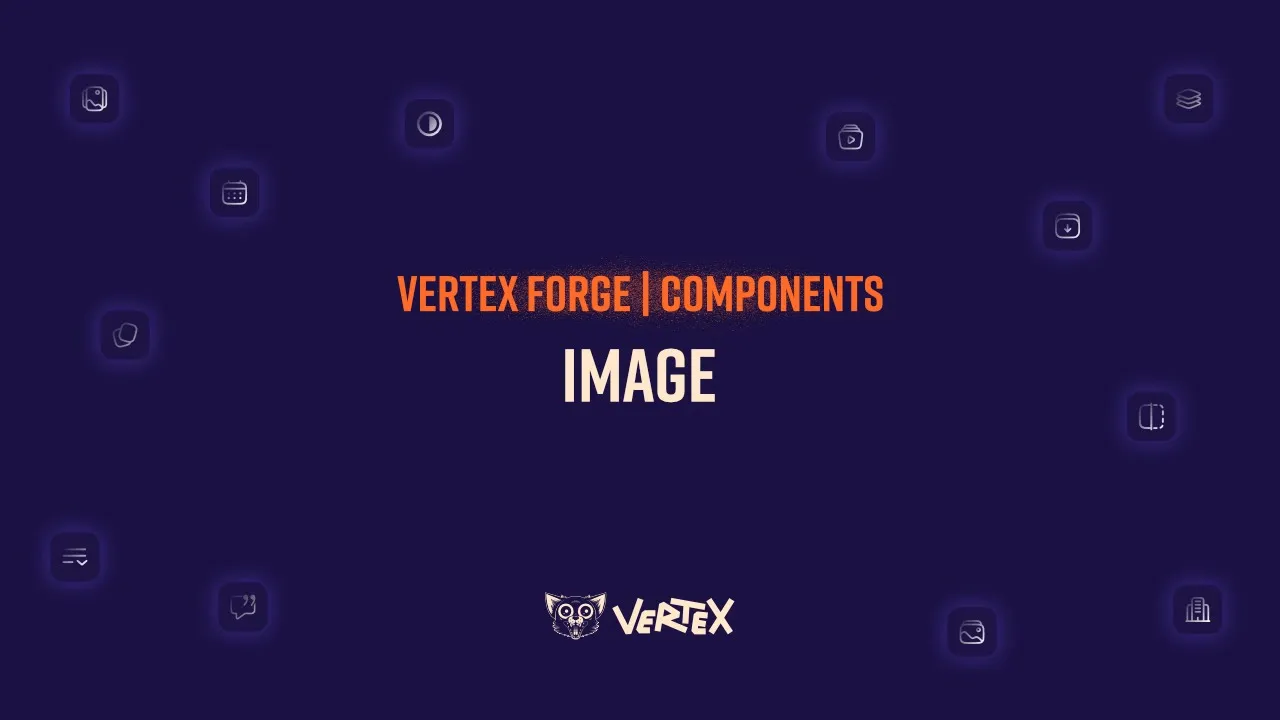Image
Optimized Visuals. Seamless Performance.
The Image component enables you to insert highly optimized, responsive images into your content without needing to write any code. With automatic format conversion (AVIF, WebP), progressive loading, theme-dependent variations, and complete control over visual rendering, this component is designed to deliver the best possible user experience and performance.
From focal points to custom responsive sizes and lazy loading, every image is tailored to serve only what your users need, making your project faster, more accessible, and SEO-friendly.

Performance and Flexibility First
Next-Gen Formats.
Images automatically served as AVIF or WebP.Responsive Variants.
Serve the perfect image size.Lazy by Default.
Boost UX & Core Web Vitals instantly.
Beautiful Image Delivery
Theme-Based Variants.
Switch images by theme.Use thumbhashes for loading previews.
Create smooth, progressive experiences.Set quality, fade-in, and focus.
Fine-tune your visual storytelling.
Use Cases
Use the Image component for any visual asset on your page that requires performance and design precision:
Hero banners and featured images
Product and portfolio displays
Blog or article visuals
Background visuals and decorative elements
Themed visuals for light and dark UI variants
Icons or infographics that require responsive scaling
Paired with Vertex Forge’s image optimization pipeline and Storyblok's Image Service, the component ensures your content loads fast and beautifully, anywhere.
Configuration Options & Features
The Image component delivers pixel-perfect visuals, automatically optimized for performance, SEO, and user experience. With support for responsive sizing, format conversion, placeholders, and visual consistency across themes, it empowers you to tell your visual story while keeping your site lightning-fast.
Faster loads. Sharper images. Smarter delivery.
Asset
Choose your image from the internal asset library.
Images are uploaded and managed here, allowing for structured asset management.
Asset Variants
Define alternate images to be used for different themes.
For example, serve a dark-themed version when your project switches to dark mode.
Alt
Enter a descriptive alternative text to enhance accessibility and SEO. Alt texts help screen readers and search engines understand the context of your image.
Placeholder
Toggle to show a blurred thumbhash preview of the image while it loads. Great for performance and perceived speed. Thumbhashes are instant, loaded, and blurry previews of your chosen asset that provide your users with immediate perceived performance improvements for progressive loading strategies.
Max Width Sizes
Define responsive breakpoints that determine the number of image versions to be generated and served per screen width.
Ensures optimized delivery based on device size.
Lazy
Toggle to lazy load the image when it’s below the initial viewport.
Reduces load time and bandwidth usage for content not immediately visible.
Quality
Set the image quality level (e.g., 80, 90, 100). Balance visual fidelity and file size depending on use case.
Transition
Enable a smooth fade-in animation once the image is loaded. Enhances user perception of speed and elegance.
Component Theme
Apply a consistent style theme for your image container.
Includes spacing, alignment, borders, and other design tokens.